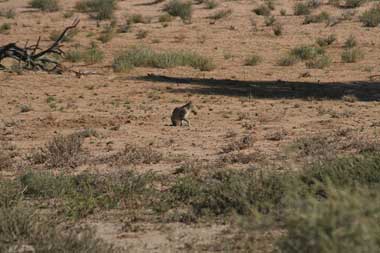10. Communication: African wildcat
Methods of communication
Dogs are good visual and vocal communicators, using body language, facial expressions and sound - among other methods - to be understood by the other dogs in their pack.
Cats are often thought of as aloof, but a solitary species doesn’t need to visually communicate with others on a regular basis (see reproduction section for an example), so African wildcats haven’t developed the complex muscles required to make a variety of facial expressions.
Cats have developed extensive olfactorial communication systems, using long lasting scent messages, which allow them to orientate around their territory and communicate with other cats remotely. These messages, left by rubbing, spraying urine and scratching, enable them to maintain a territory without coming into direct conflict, minimising the risk of injury or disease transmission. While they encounter novel sights, scents and sounds, they have a degree of control and predictability over their environment.
Did you know that African wildcats don't often need to communication with other cats face to face so have not developed the facial muscles required to make a variety of facial expressions.

As a solitary species, African wildcats don't need to communicate visually with other cats.
Original image URL - http://www.flickr.com/photos/onlyinsouthafrica/3034423424 Image author - Pascal Parent (no real name given), licence - CC BY-NC-ND 2.0